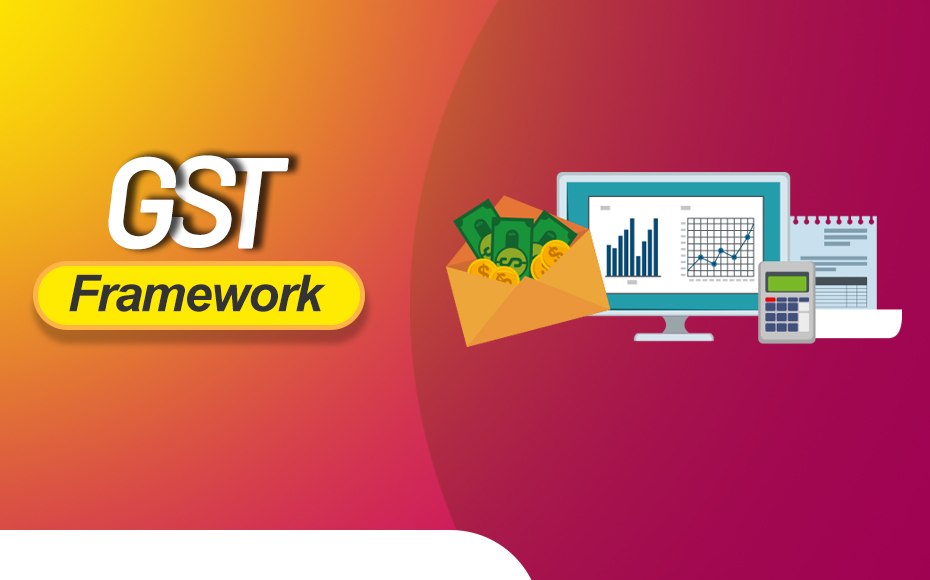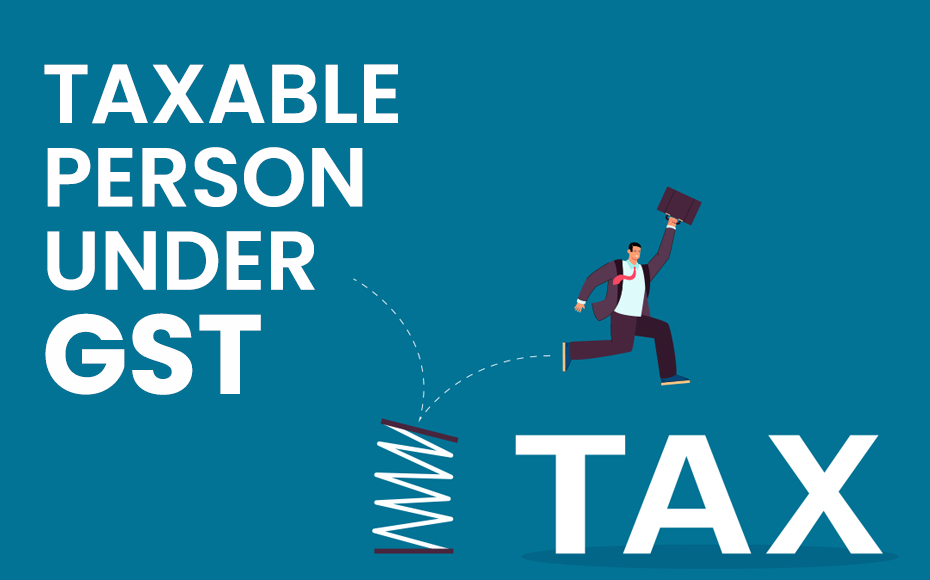

August 20, 2020

GST framework is a design made by the Indian Government that would eliminate most of the indirect taxes like VAT, customs duty, excise duty, CST, service tax, entertainment tax and bring it all under a single tax structure called GST.
GST will be mainly of 2 forms viz. intra-state level and inter-state level. The former encircles CGST and SGST whereas the latter encircles IGST and imports. Additionally, exports and supplies to SEZ are zero-rated as per the GST framework.
Goods & Services Tax (GST) is an indirect tax applied on goods and services. Its genesis happened in the historic budget speech of February 28, 2006. GST has changed the way business is conducted and how goods and services are taxed in India. GST has made deep impacts in India’s economic environment. In this article, we intend to share some GST knowledge and all about GST through different GST sections. Let us read through the GST basics and GST framework in this session,
GST Framework contains the following components:
Dual GST:
India has a unique federal structure that is incorporated with the Dual GST model. Dual GST is the tax imposed by the centre and state on goods or services or both in intra-state or Union Territories.
GST is a destination-based tax applied on all transactions involving supply of goods and services. GST is comprised of:
GST Framework has a legislative part on par with CGST Act 2017 for levying CGST. Similarly, the UTGST Act 2017 governs Union Territories without State Legislatures. Andaman & Nicobar Islands, Lakshadweep, Dadra & Nagar Haveli, Daman & Diu and Chandigarh are the UTs without State Legislatures. Delhi & Puducherry have their own legislatures and hence their own SGST levying policies. The principle of dual GST and SGST legislations are preserved through absolute management of,
While determining GST on product or service, the item will be subjected to an internationally adopted scheme for commodity description and product taxonomy. According to this system, goods and services in India are classified into two divisions called Harmonized System Nomenclature (HSN) for goods and Service Accounting Code (SAC) for services.
GST knowledge is incomplete if you don’t know all about GST’s rules applied on classification of goods and services coming under.
| Items | Tax Rates |
|
Edible oil, spices, sugar, tea and coffee and other households except instant food packs, Coal, Indian Sweets, Lifesaving Drugs and medications |
5% |
| Computers and its accessories, processed and instant food products | 12% |
| Toothpaste, hair oils, soaps, cleaners, industrial intermediaries and capital goods | 18% |
| Cars, luxury bikes, ACs, refrigerators, electrical goods, cigarettes, aerated drinks and other such luxury items | 28% |
All about GST classification of other products:
| Item | Tax Rates |
|
Nil |
|
5% |
|
12% |
|
18% |
|
28% |
Read more on:
Types of GST - CGST, SGST and IGST




